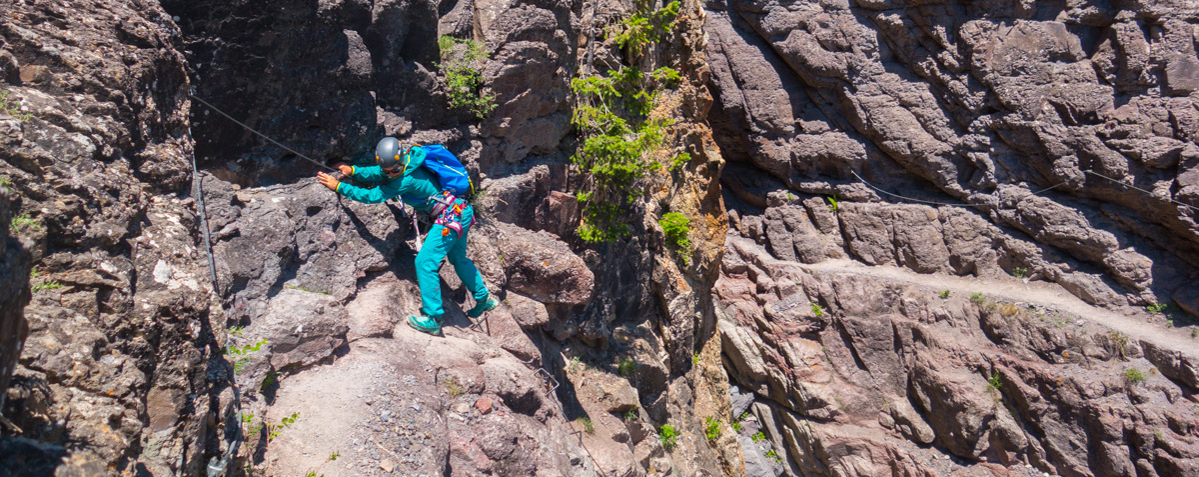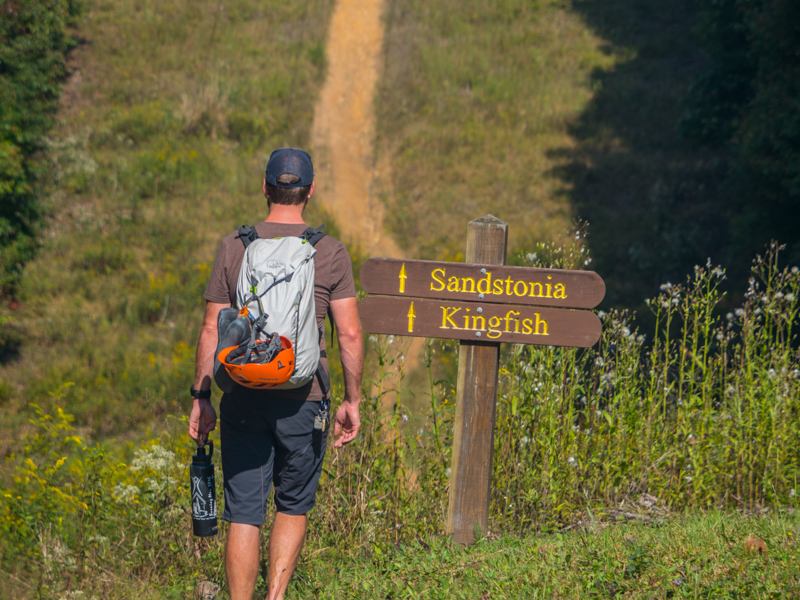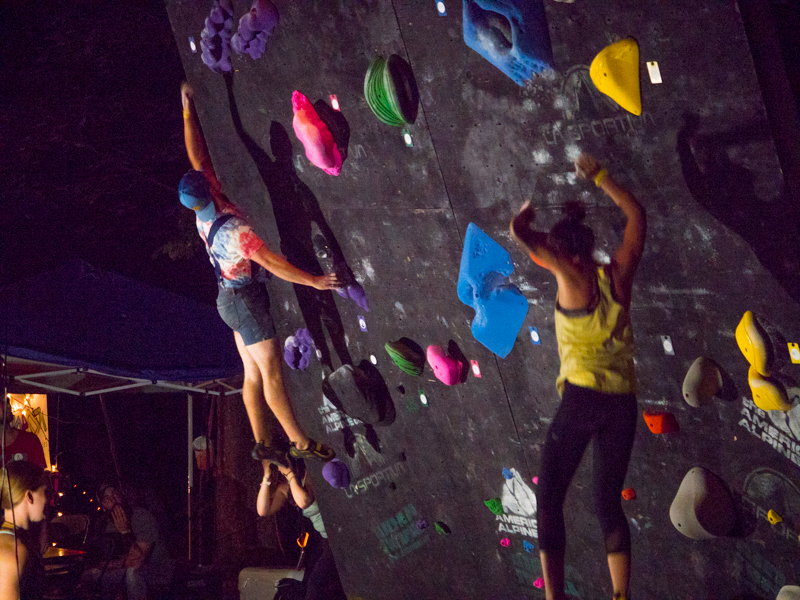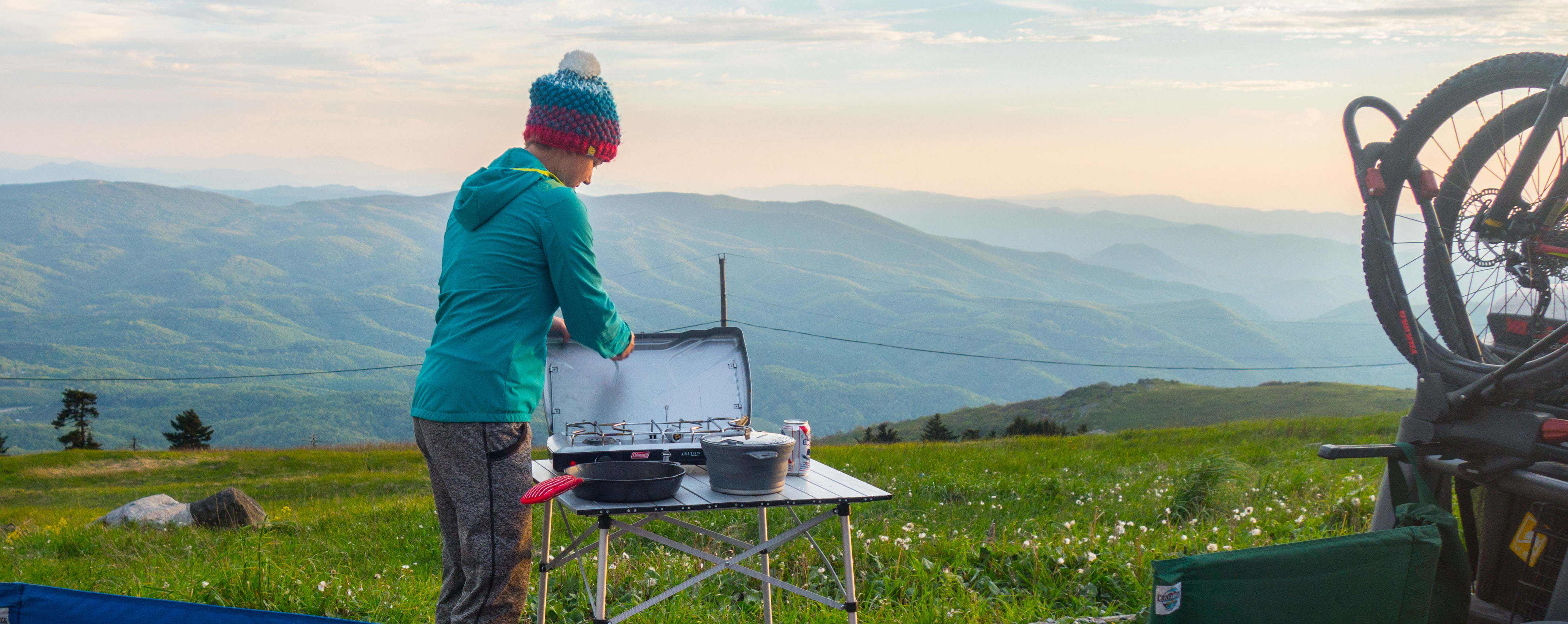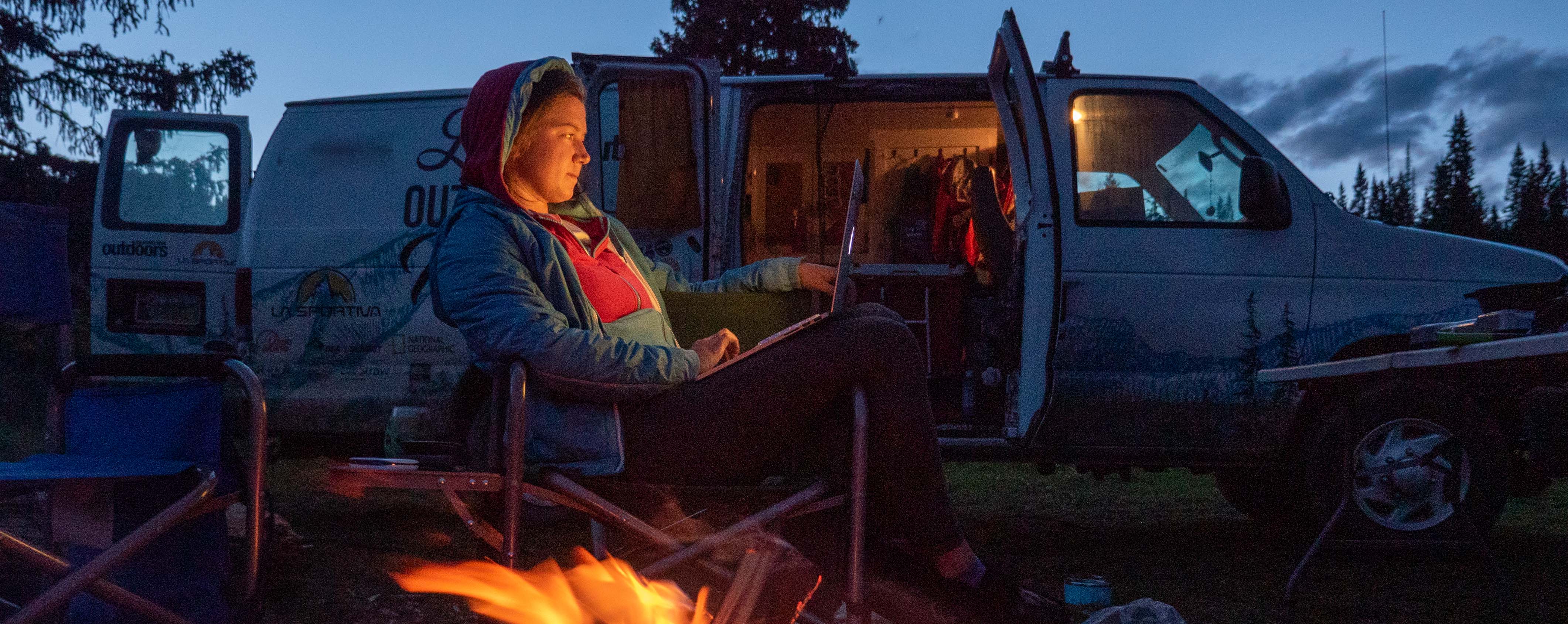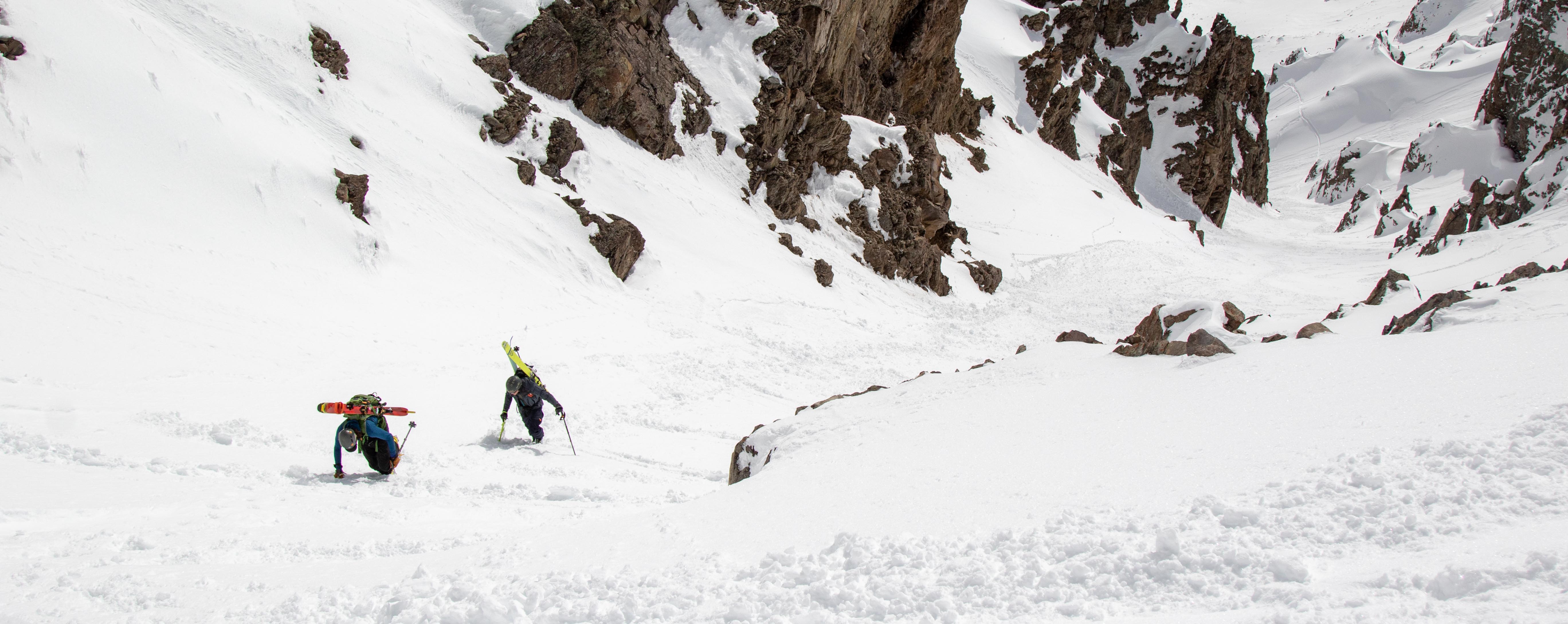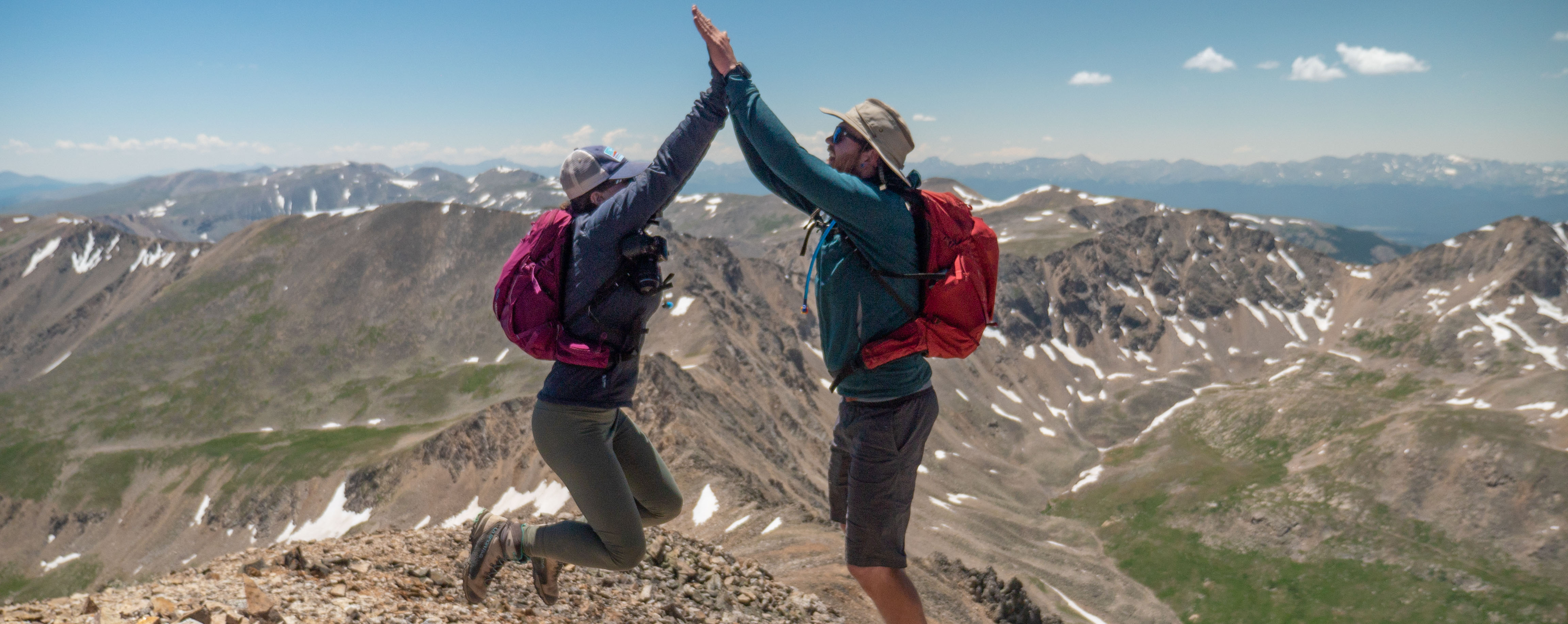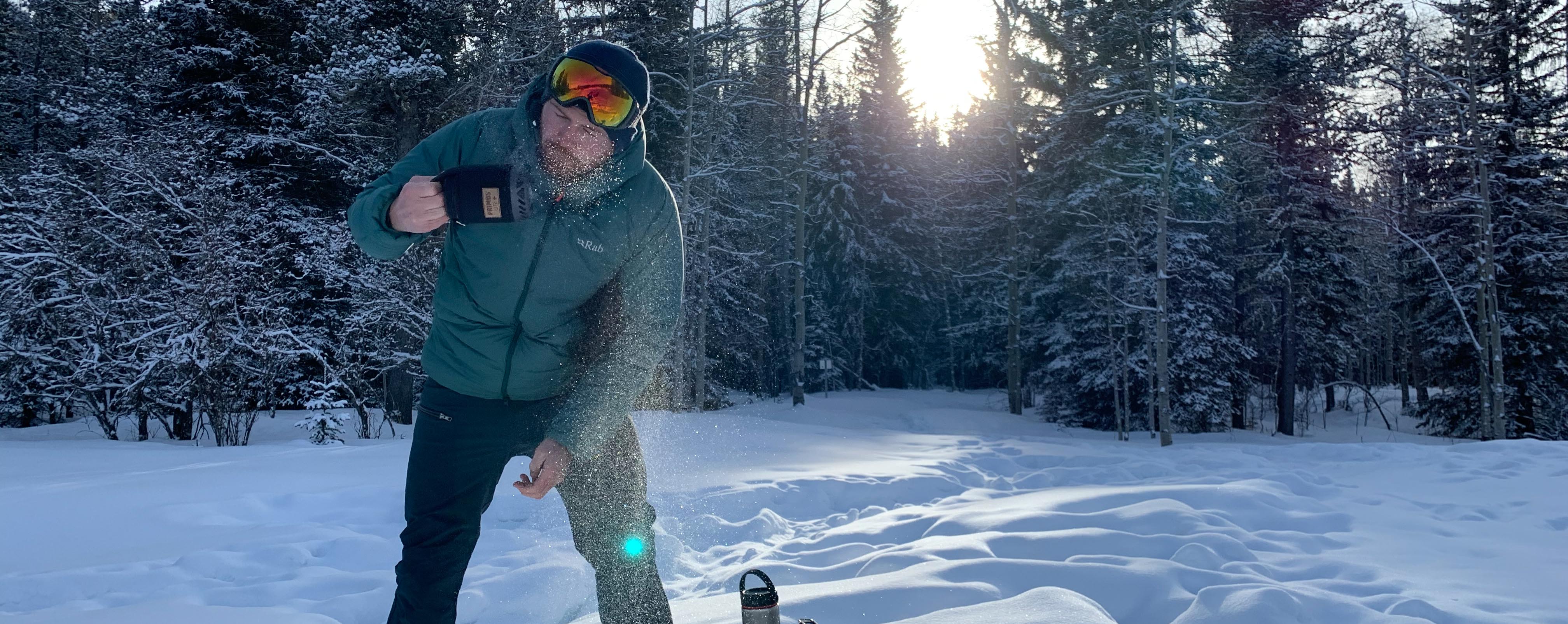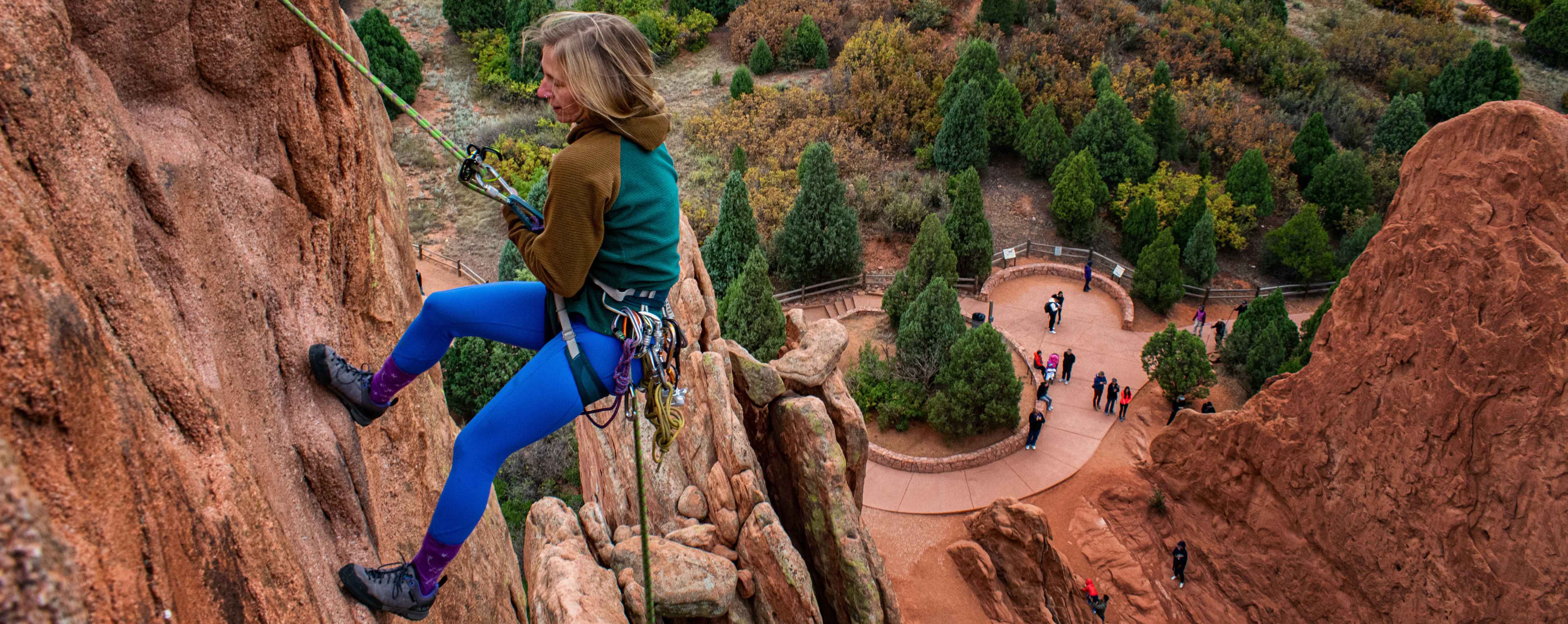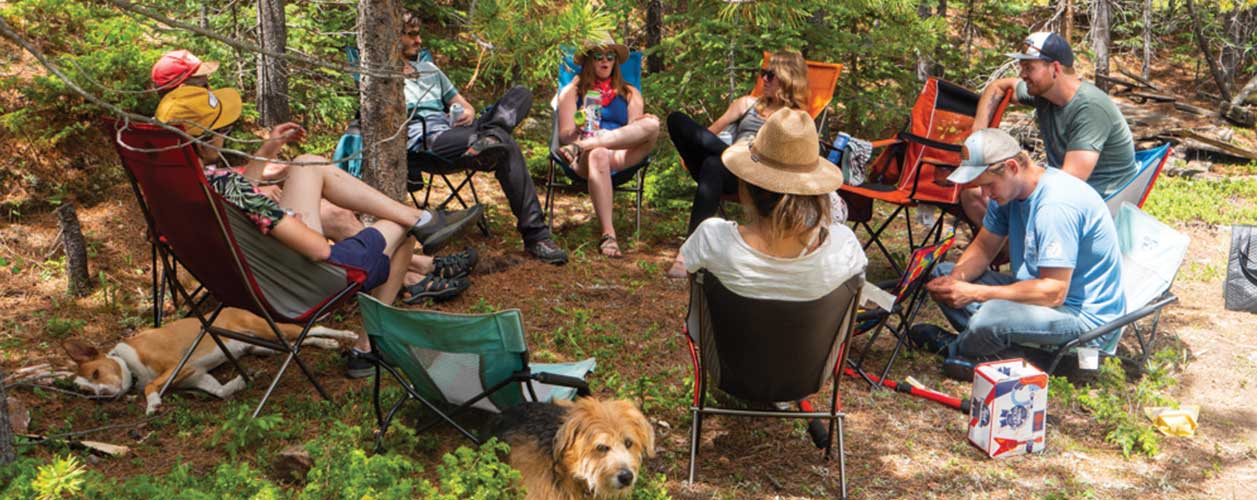Comeback Kid: Recovering from an Injury in Climbing
There’s something about climbing that hooks us in. For some, it’s the challenge of a new route. Others enjoy soaring high on a cliff, watching the birds fly below you. Whatever it is that draws you to climbing, one thing is for certain, injuries can deflate, derail, and change the sport of climbing in an instant. But there’s good news behind all of the struggle, we grow. We change. We level up. And the best part is that no matter who your climbing crew is, you’re never alone.
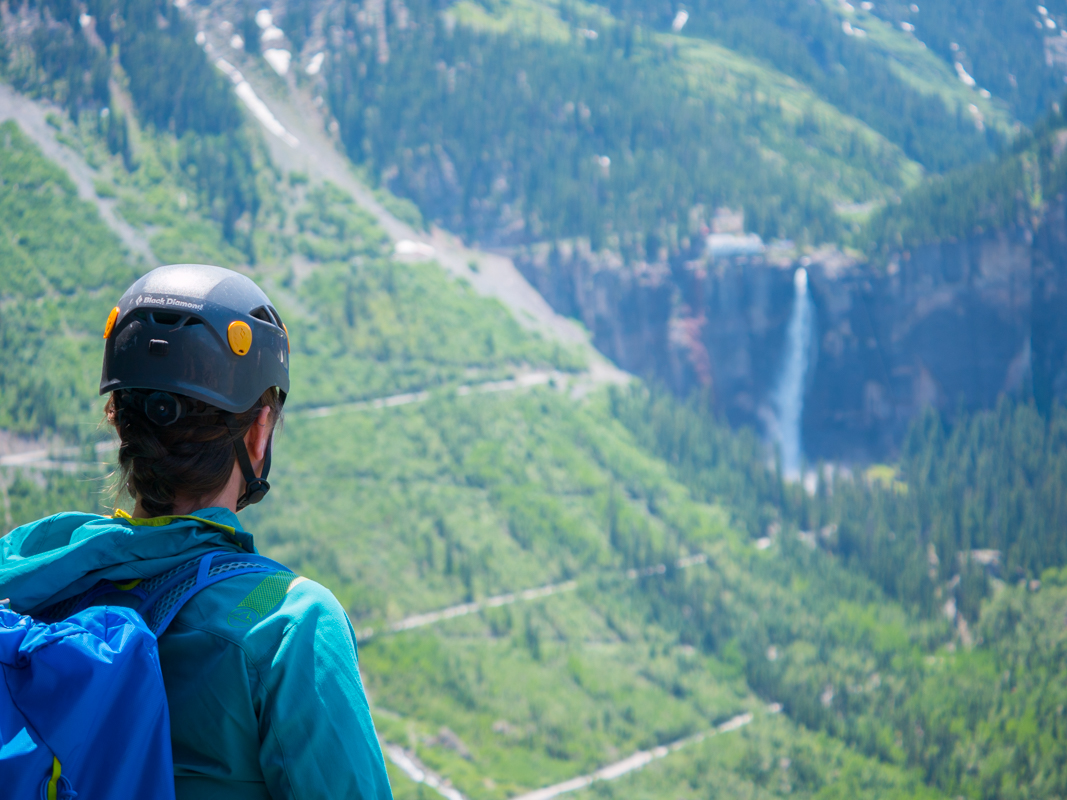
About My Relationship with Climbing
Back in the summer of 2019, I got into a freak accident. The rope-end carabiner of my alpine draw came disconnected from the rope during a trad fall and I plummeted 35 and hit the deck. I was extremely lucky to walk away, but the mental trauma stuck with me.
It took a solid 18 months of constantly working on my mental game to feel even remotely comfortable on the wall again. Then I found out I had a torn labrum and aggravated rotator cuff.
It was off of the therapist’s couch and onto the operating table for me. I’m currently six months post-op and looking at another six months of physical therapy before I “return to normal.” (Is that even a thing?)
I’ve never been a crusher. Grades don’t really matter much to me these days and I climb for the fun of it – preferring long, moderate, multi-pitch trad routes with good company.
Checking in with the Doc
Before you get back on the wall, always check with your healthcare providers. Once you get the green light from your doctor and physical therapist, then you can start small. Keep in mind you’ll likely be limited in your ability to move. For example, even six months after surgery, I can’t climb roofs. It’s dangerous for my recovery and excruciating at best. At the end of the day you know your body and sport the best, so even after a doctor’s approval, listen to your body.
Getting Your Head Right
My accident taught me a lot about climbing culture. There is no room in mainstream media for a suffering head game. “If you ain’t flying you ain’t trying” seems to be the motto that dominates the sport. Push, or else.
Or else what though? Whatever happened to just having fun moving your body?
If you’re recovering from an injury, chances are you haven’t done much of anything in a while. So get your head right.
Sure, you can go out and constantly push yourself into oblivion but for what? What are you really trying to prove? Listen, I’ve been there and all it leads to is a feeling of terror, frustration, and falling out of love with the sport.
So do yourself a favor and focus on the fun aspects of climbing while you recover – this was the key to me coming back to the sport after my fall. The rest will come eventually. Sometimes sitting around the base of a climb eating crag snacks with your friends is a better use of your time than trying to do something your mind isn’t ready for.
Celebrate the Small Wins
Coming back from an injury takes time. It’s not like you get cleared to get back out there and suddenly you’re back where you were. Every day is going to be different. Sometimes your injury will flair right up and other days will feel pretty normal. Be flexible and shift your mindset to accommodate the day. Set small goals for yourself (I’ll just try to top rope today). And then celebrate your wins. Above all else, just enjoy being outside.
Stretch it Out
For whatever reason, climbers love to forgo stretching. But the truth is, it’ll be an essential aspect of your recovery. So build in time to stretch before you send. Ask your care provider for good stretches that will help you loosen your muscles and joints prior to climbing. Do them religiously. Then do them again after you climb.
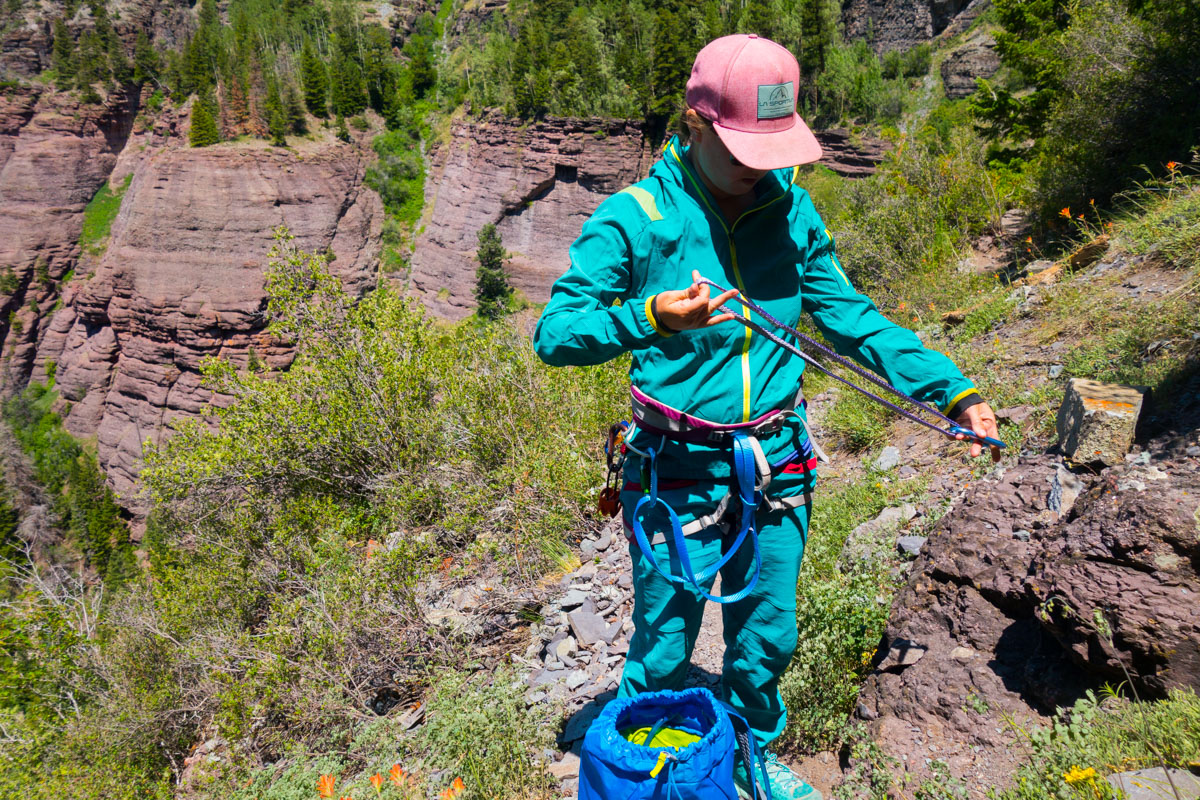
Build Back Endurance and the Strength Will Come
You won’t be able to climb until you have a minimal level of functional strength back. However, once you’re cleared, your first focus should be endurance. Don’t go for the biggest, baddest climb. Just try to lap as many easy peasy things as possible.
For me, this meant leading in the gym for a while, then getting outside on top rope and leading the easiest climbs I could find. One great way to facilitate this is to go back to a spot you just loved as a beginner. Revel in the nostalgia as you lap some of your favorite warm-up routes.
Your body and its ability to move have changed. Re-learning movement that you once gave no thought to is expected. You’ll need to adjust. At the end of the day, I noticed my footwork improved dramatically. Now I feel even more confident as a climber since I understand how to do something more than one way.
At the end of the day, recovering from an injury takes time. Nothing can speed that up. Instead of letting time frustrate you and bum you out, come at climbing with a fresh perspective. Just focus on having fun and forgetting about grades, challenges, and objectives. You’ll rediscover the sport and fall in love in a whole new way.
About the Gear Tester
Meg Atteberry is a full-time freelance writer and outdoor enthusiast. Her mission is to empower others to get outside and have an adventure. She loves a sunny crag and delicious trail snacks. When she’s not wordsmithing you can find her hiking, climbing, and mountaineering all over the world with her fiancé and adventure pup, Nina. To learn more about Meg, check out her blog Fox in the Forest. She’d rather be dirty than done up.

